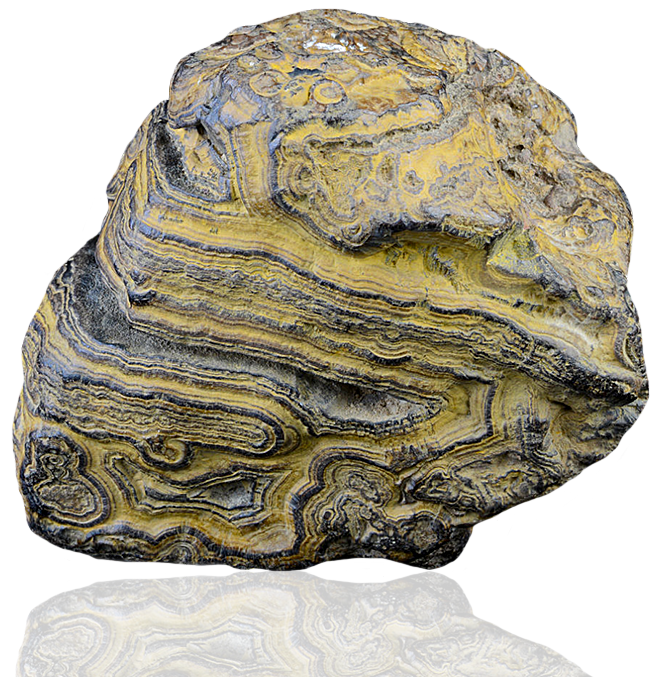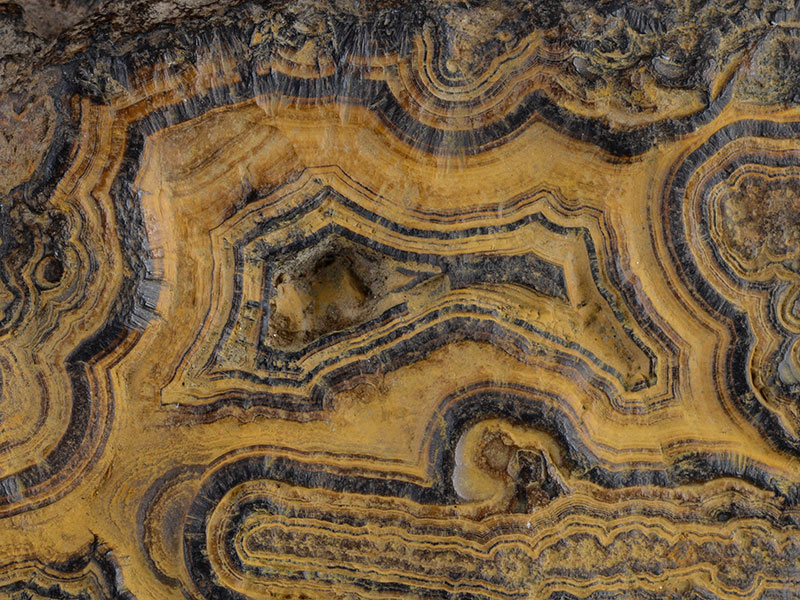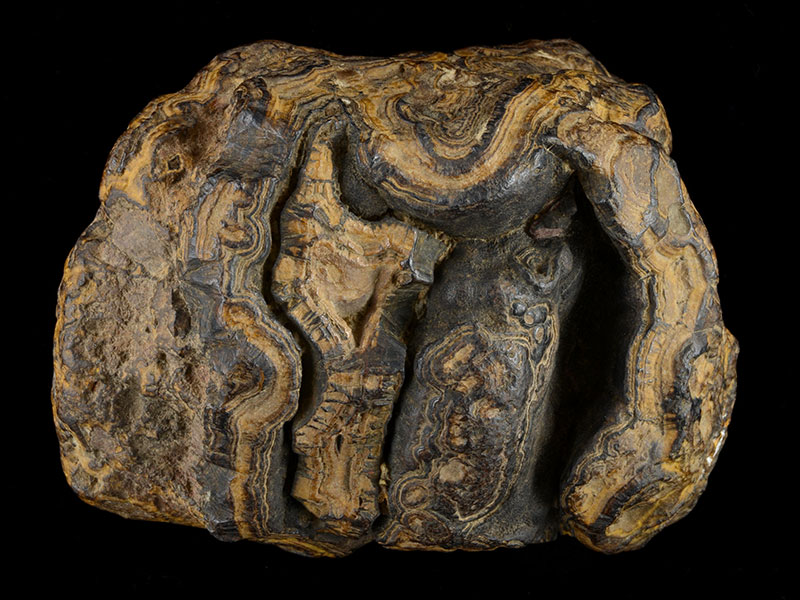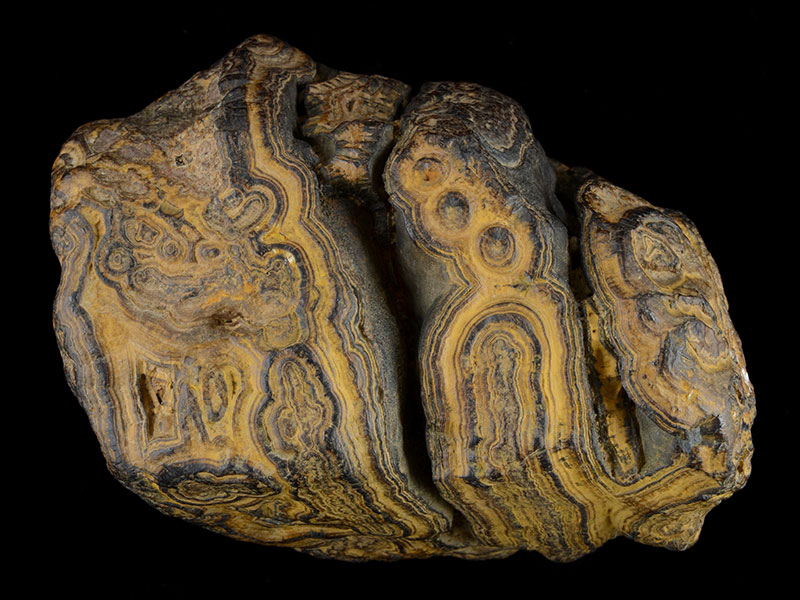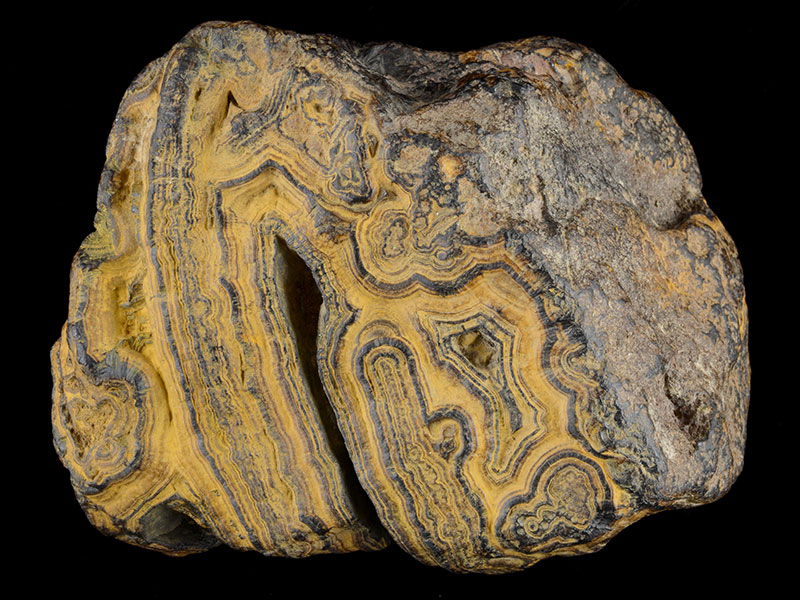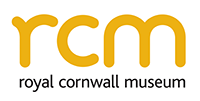Refers to any word or phrase that appears in the individual rock names. Names are generally descriptive; they allow users to search for broad terms like ‘granite’ as well as more specific names such as ‘breccia’. However, the adjacent descriptions of the specimens captures a wider range of general words and phrases and is a more powerful search tool.
Refers to any word or phrase that appears anywhere in the descriptions of the specimens
Minerals that occur in very low abundance in a rock. They are usually not visible with the naked eye and contribute perhapssver, they often dominate the rare elements such as platinum group metals.
Minerals that make up the bulk of all rock samples and are also the ones used in rock classi?cation.
Selecting one or more period, for example 'Jurassic'.
A term used to group together related samples that are not already gathered into a single Collection. For instance, there is a ‘SW England granites’ theme that includes such rock types as granite, hydrothermal breccia, skarn and vein samples.
A general term used to label a rock sample. It is a useful way of grouping similar samples throughout a collection. Category names are often, but not exclusively, common rock names (e.g. granite, basalt, dolerite, gabbro, greisen, skarn, gneiss, amphibolite, limestone, sandstone).
The owner of the sample that appears in the collection. For example, NASA owns all the samples that appear in the Moon Rocks collection
